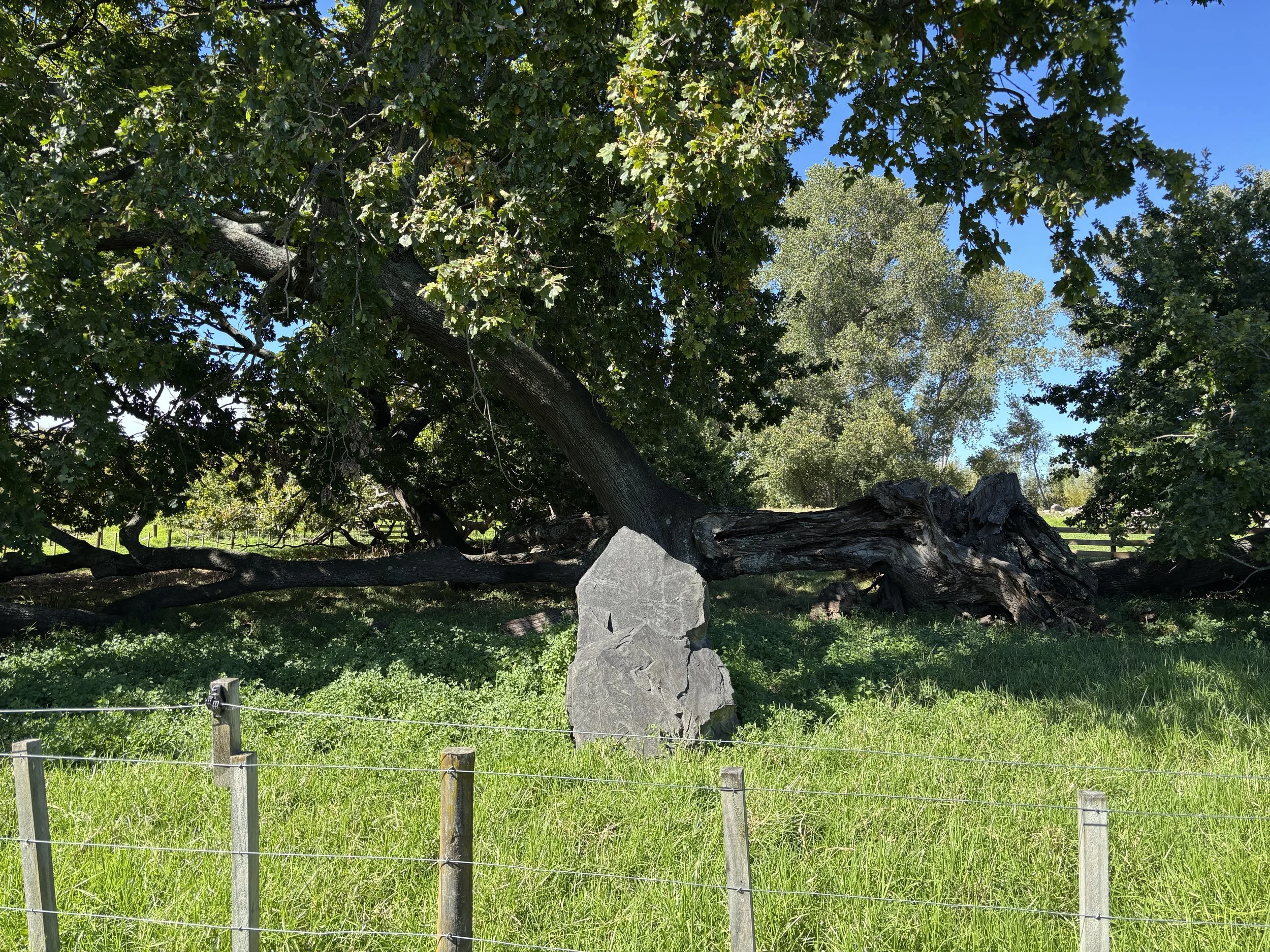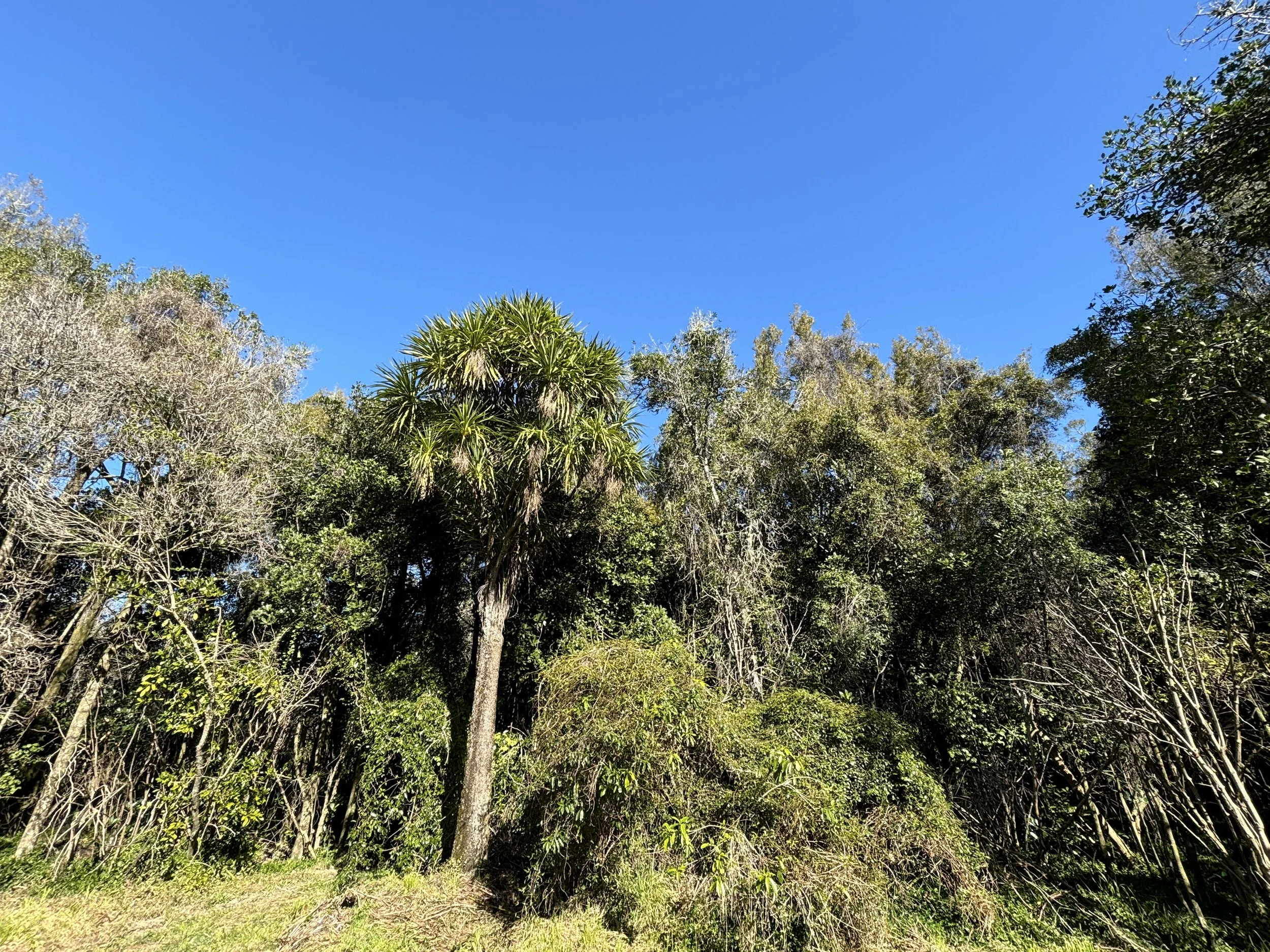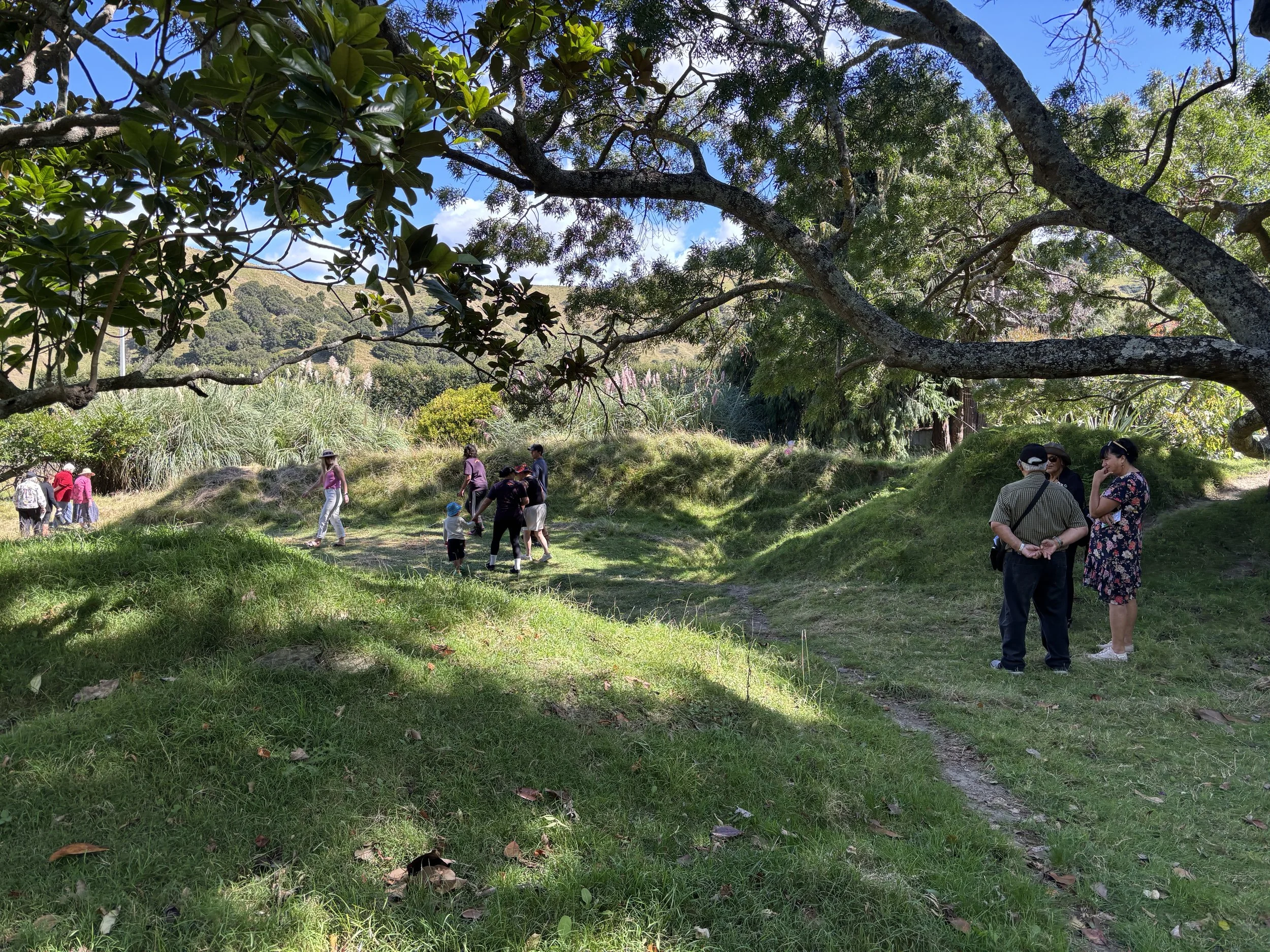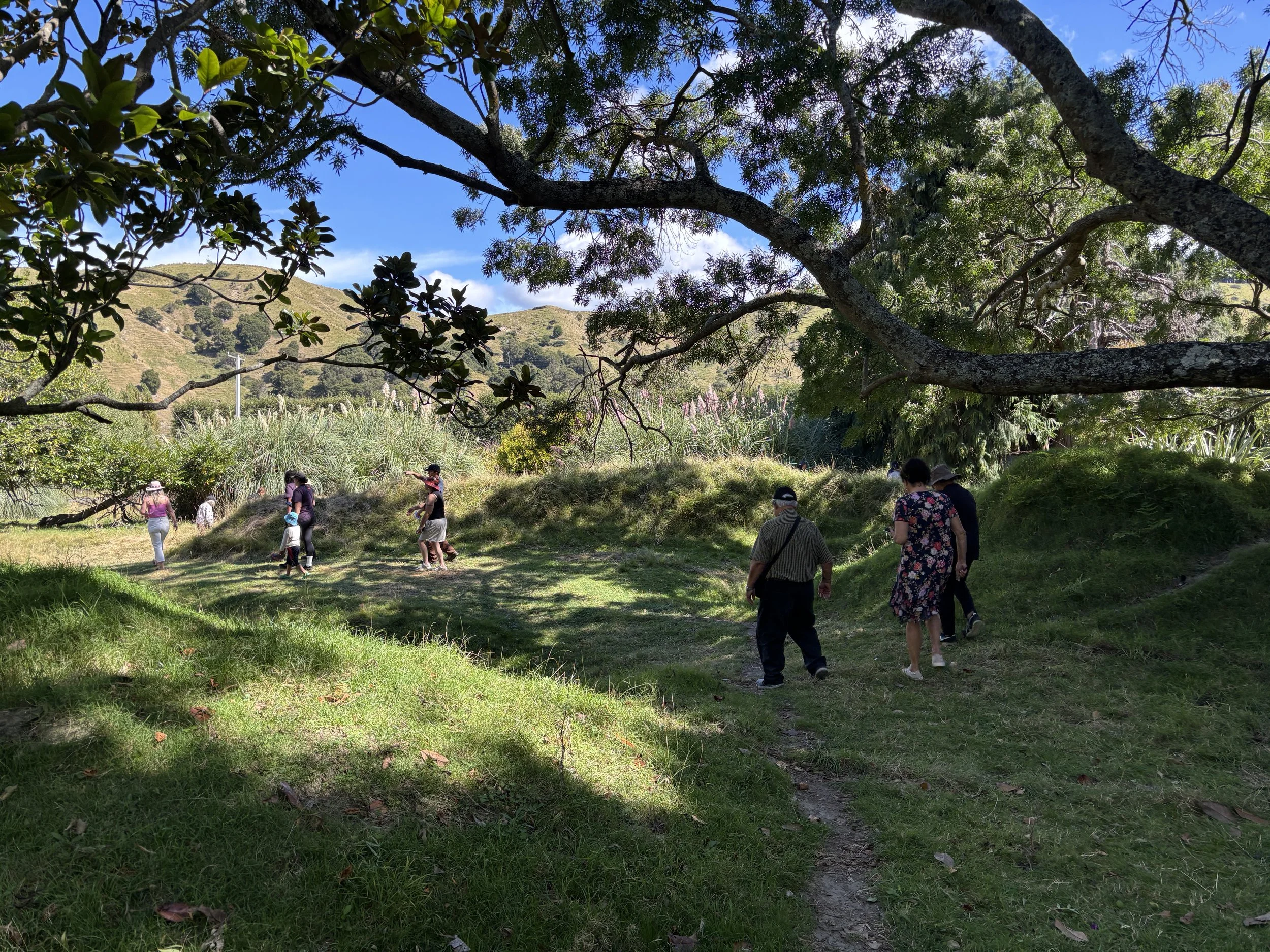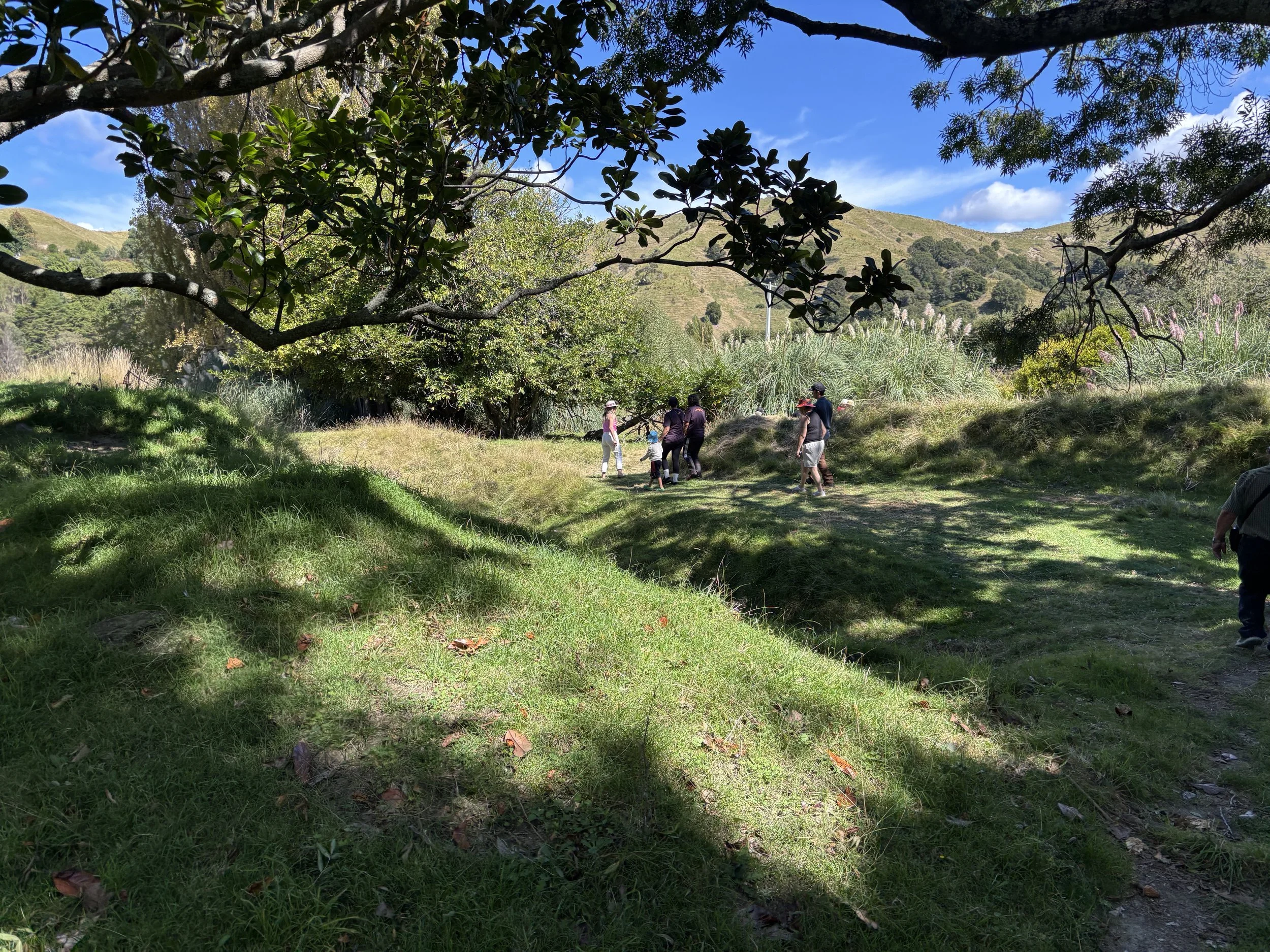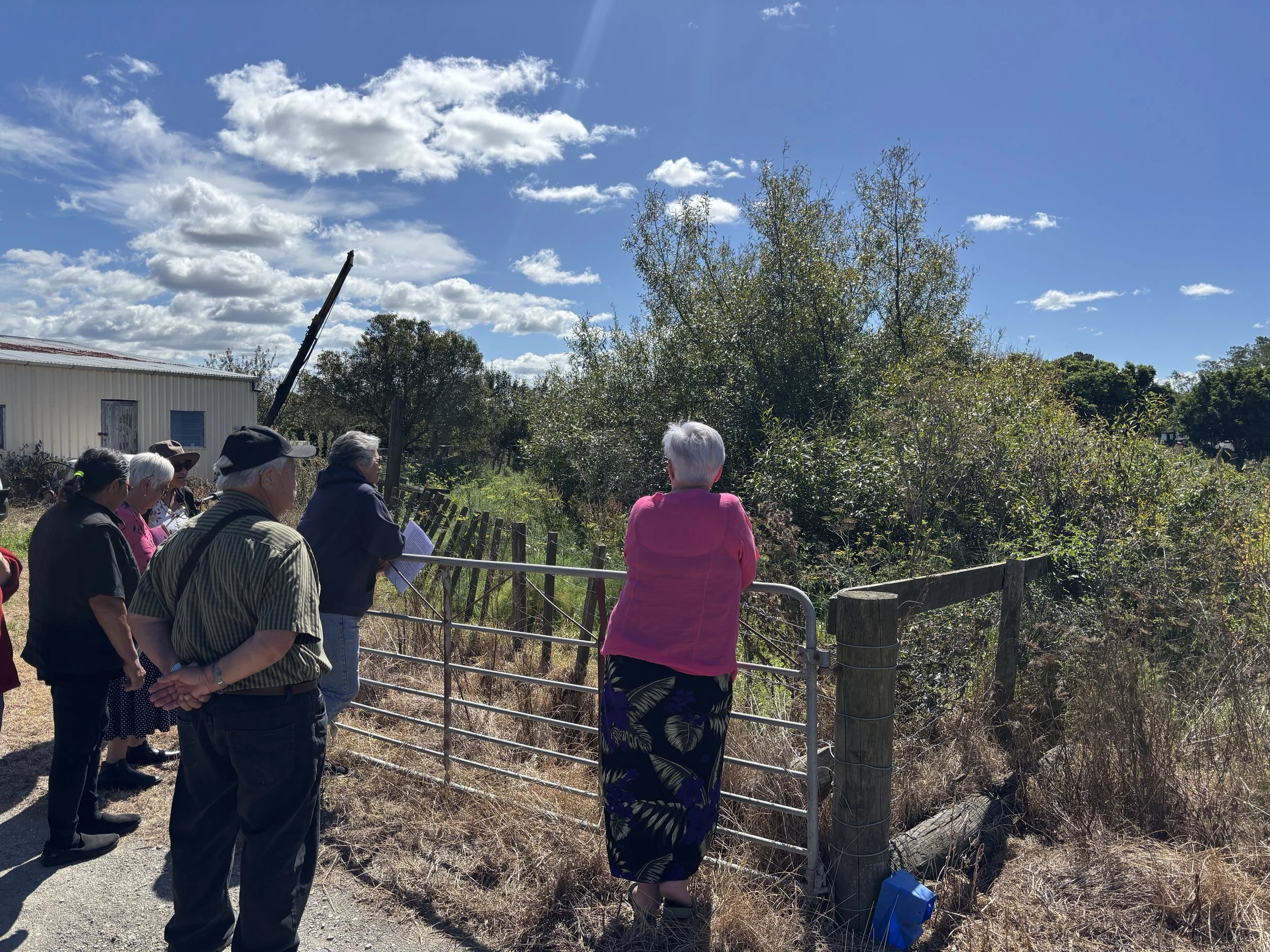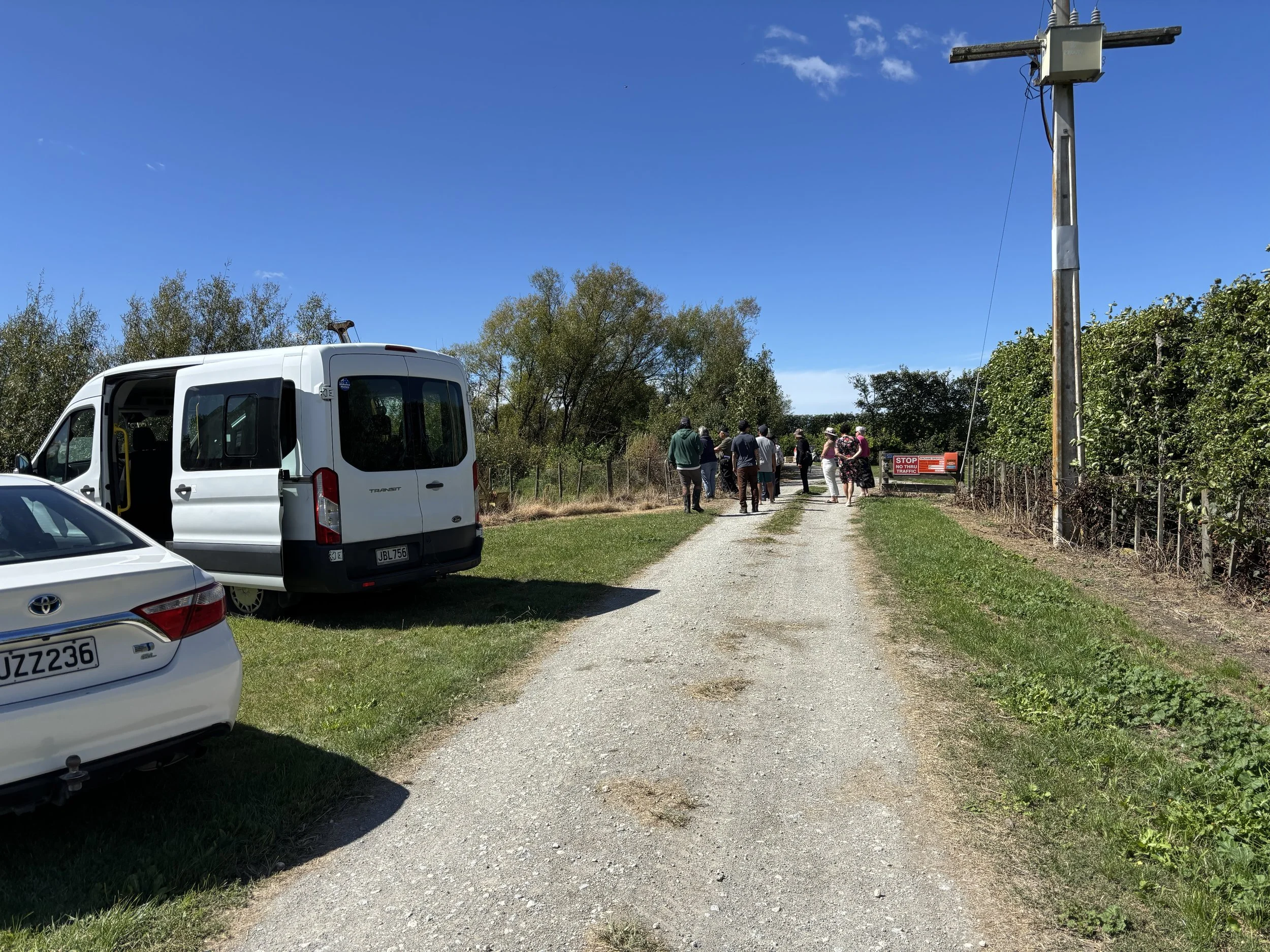Taku Manu Kārearea - Connection through waiata.
Waiata is a vital part of Rongowhakaata oral traditions, serving as a vessel to record, store, and share our identity, mātauranga, and knowledge across generations. Taku Manu Kārearea, is a mōteatea that brings to life some of our places that shape us, grounding our narratives in the landscapes we call home. It was composed by Sir Derek Lardelli in 2017, and has been performed by, Te Kapa Haka o Te Kura o Manutūkē, Tūranga Wahine Tūranga Tane and Tū te Manawa Maurea.
Listen to the mōteatea below
Watch the video and download the kupu below, then join the Rongowhakaata Kāhui Kaumātua on their hīkoi across Manutūkē by listening to the kōrero from Uncle Stan Pardoe in the audio below. Each verse of Taku Manu Kārearea is presented within the context of the whenua it speaks about. Kuhu mai!
Taku Manu Kārearea perfromed by Tū Te Manawa Maurea at Te Matatini 2023
Our kaumātua guide us through their lived experiences and the deep connections between the mōteatea Taku Manu Kārearea and our whenua, ensuring that these stories endure for generations to come.
The recordings below capture a recent hīkoi by Kāhui Kaumātua across Manutūkē, where they reconnected with significant cultural sites and kōrero tuku iho. With generosity, they have shared their mātauranga and personal reflections to deepen our understanding of our whenua.
Kōhanga Karearea
Taku manu kārearea e
A ea ko te aho i turua atu ai
Ko ngā kāwai tāroa
Tēnā i puritia, kia pai ai tō rere e
My precious kārearea
An exquisite line of descent rises
The enduring lineage of which we descend
Hold fast to this line to ensure your safe flight
Ngāi Te Aweawe had cultivations at Kōhanga Kārearea, and established a ‘mirror’ pā near where the GDC pipeline crosses the Ārai. The land is now owned by Milton Vineyards.
Following the battle of Waerenga-ā-Hika, Captain Harris built a redoubt here to hold prisoners before they were sent to Wharekauri. An old wharenui once stood on this site but was later relocated to Ōhako. Deemed unstable, it was eventually dismantled.
Click on the black bar below to listen to the kōrero
Orakaiāpū
Ka whakatau ki raro rā e
E topa e te hau ki Orakaiāpū
Your flight descends
You soar on the wind towards Orakaiāpū
In Manutūkē, Orakaiāpū Pā was situated on the bank of the Kōpūtūtea river, just below the junction of the Waipaoa and Ārai rivers. The fire brigade and the Mormon church are on this site today. This pā was occupied by Tarake, one of the chiefs of his era. According to Williams this pā was one of the principal pā in the 1840s. In his diary he always referred to it as “the pā”. It was used as a rūnanga for hui and special gatherings.
Once the most fortified pā in the Tūranga-nui-a-kiwa Region, Orakaiāpū pā was three acres in area and a place of refuge and stronghold for all the hapū of Rongowhakaata. It was once the pā of the whare whakairo Te Hau-ki-Tūranga now located at Te Papa. It was built in the 16th century by the Rongowhakaata fighting chief and twin Rongomaimihiao. The pā was double rimmed and trenched with 20-foot palisades. It was last occupied by the Ngāti Kaipoho chief, Raharuhi Rukupō.
After the battle at Waerenga-ā-Hika, Te Hau-ki-Tūranga was dismantled under Colonel Richmond's orders, packed on the vessel Sturt and taken to Wellington. our people objected to the removal of every piece. The Crown and Te Papa acknowledged this grievance and sent a letter in late 1990s to the Rongowhakaata Charitable Trust vesting ownership and title with Rongowhakaata.
Another building of significance was Hāmokorau which had been shifted from Waerenga-ā-Kurī. Missionary William Williams held large church services, recorded 1500 people and three Hapū groupings.
Click on the black bar below to listen to the kōrero
Tapatahi
Kia kitea atu ai e koe
Te ōke tū noa kei Tapatahi
Where you see the solitary oak tree in
Tapatahi
This was the principal pā for all Rongowhakaata hapū on the north side of Te Arai river, along with Ruataniwha. Manawaoterangi and Te Maanga were the key tipuna of this site. There was cultivation around the pā and tradition records that canoes and waka were built there. Another whare on this pā was called Te Mira (the Mill). The waka or canoe builders were tohunga in their trade, gifted with knowledge handed down to them. The trees they chose were named, selected and nurtured long before they were ready to be cut down. Paratene Tūrangi and Pakirehe were some of the chiefs of the pā. When a war broke out between the tribes, it was this pā that was attacked by Ngāti Konohi of Whāngārā. Tarake, another chief, escaped but many were killed there. After that attack, the people left and went to Waiapu. The early settler and trader Captain John Harris planted the first oak tree in this district at Tapatahi on the Ōpou Station block towards the Ārai river bank.
This is one of the largest and oldest oak trees in the district. Planted in 1837 from an acorn, it commemorates the birth of John Harris’ son, Henry Harris. The tree stands on what was once part of the Ōpou block, near Tapatahi Pā—a stronghold built in the 16th century by Rongomaiwehea, one of the renowned Rongowhakaata fighting twins, for his wife, Parematawhānui of Ngāti Maru. After being struck by lightning, William Clark attempted to repair its split trunk with cement. Some of the pā’s fortified earthworks still remain today. Tapatahi Pā was also part of the ‘mirror’ pā system alongside Orakaiāpū.
Click on the black bar below to listen to the kōrero
Rākaukākā
Waiho iho Rākaukākā
Ā hei kainga mo te noke wharu
Leave Rākaukāka, to its own abundance
As a sanctuary for the fat mud worms
Rākaukākā is one of the last remaining remnants of the traditional forest that once stretched across the Tūranga plains, from Te Ārai to Makauri. This ngahere was a vital source of kai, rongoā, and rākau for its people. It was also home to the noke wharu, a large native earthworm, which was commonly gathered and used as fishing bait.
Originally part of the Pipiwhakao forest, this land was later returned to Rongowhakaata by the Crown as part of a compensation package, along with $35,000 for remedial restoration work.
Click on the black bar below to listen to the kōrero
Tāpui
Pūnenehū anā te ata
Ata kōruru ko Tāpui
Take note of the rising morning mists
That overshadow the mirror-pa, Tapui
Tāpui Pā is understood to have been built by Kaipoho and others and is believed to have been occupied for approximately 500 years. The tīpuna Te Ao Mātē, whose presence is reflected in Te Hau ki Tūranga, is also connected to Tāpui Pā. In anticipation of an impending battle, she was relocated to Te Kurī while awaiting the birth of her child.
Tāpui Pā serves as a mirror to Ōweta Pā, positioned directly across the original Te Ārai waterway. It is the only remaining earthwork site in our rohe and is a significant Ngāti Kaipoho stronghold.
Following the Deed of Cession, all land west of the Ārai River was ceded to the Crown and sold. It is now privately owned land.
Click on the black bar below to listen to the kōrero
Ōweta
He aroha noa ka uru
Uru ki Ōweta patu mōrehu u
Nō mua rā a Pākirikiri e
Te Iwi takapū e ruku ana a
Let empathy come into your view
And come upon Ōweta, where remnants of
our people were killed
In the old times stood Pākirikiri
Where the gannets feast
According to oral traditions, Tamihana Ruatapu and many other tīpuna of Rongowhakaata lived at Ōweta. It was a well-used site for travellers from Wairoa and Muriwai and played a significant role during the New Zealand Land Wars. Initially, people sought shelter at Ōweta before moving to safety in Muriwai. This pā was occupied for decades by Ngāti Maru. Following the Matawhero incident, Te Kooti’s followers executed four men here held responsible for sending people to Wharekauri. Ōweta also served as a holding site for prisoners awaiting transportation to Wharekauri.
Over time, the pā fell into disuse as activities shifted to Whakatō, where the Mission Station was located.
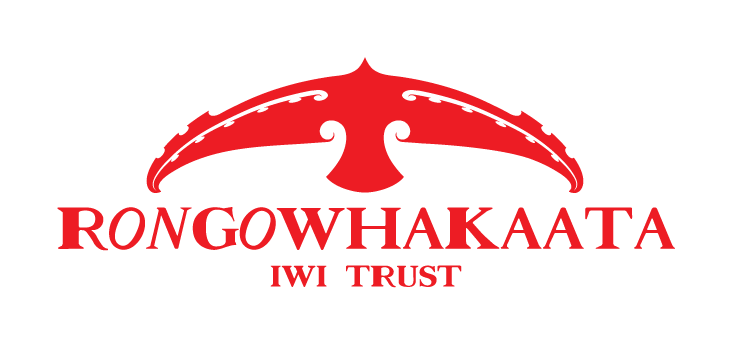







![IMG_2635[59].jpg](https://images.squarespace-cdn.com/content/v1/65022e34d2b34154b070100e/1742447437776-2DTSFBE3YEVWYIGNEUKY/IMG_2635%5B59%5D.jpg)

